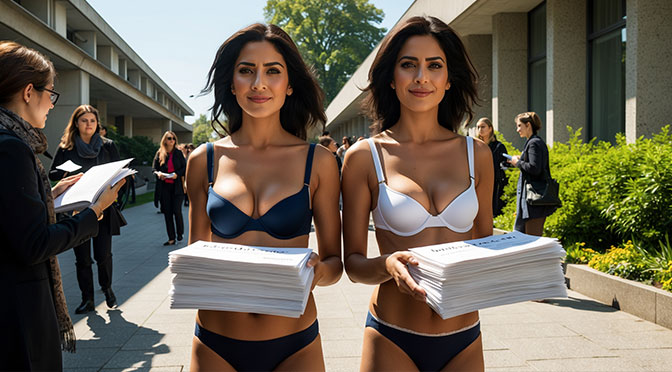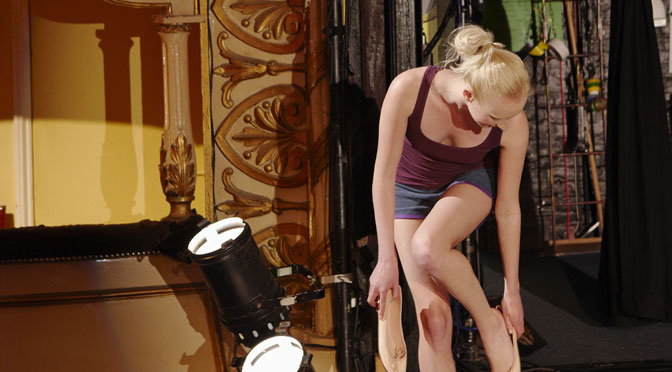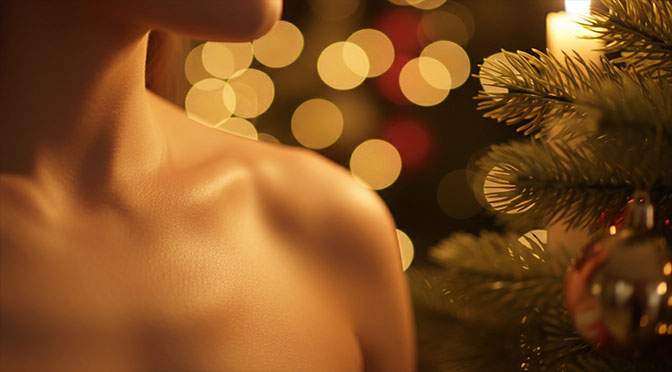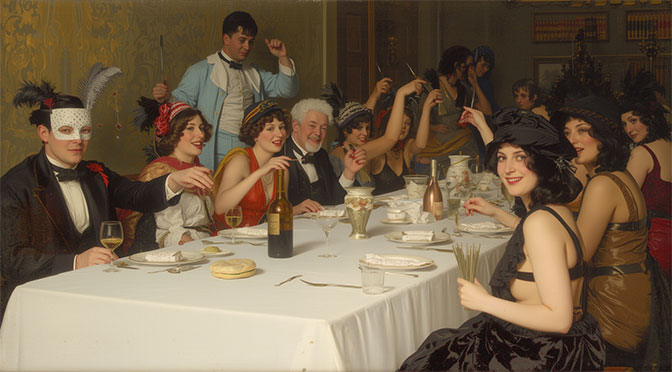
Shame and pride: Why self-expression is never neutral
Self-expression sounds like social media, profile pictures, looking in the mirror. But psychologically, it is much older and much more physical: every time a person shows themselves, they unconsciously decide whether to protect or assert themselves. Shame and pride are not opposites like “good” and “bad.” They are a field of tension that is particularly … Continue reading Shame and pride: Why self-expression is never neutral
The Navel in Erotic Fiction – Writing from the Body’s Center
Why the navel hits so hard, so fast The navel is tiny, but dramaturgically huge. It sits exactly where upper and lower body meet. It isn’t “obviously sexy” like breasts or a penis, and it isn’t as explicitly intimate as vulva or anus. That’s precisely why it works: it’s a hinge. Touching the navel means … Continue reading The Navel in Erotic Fiction – Writing from the Body’s Center
Scent of Memory – How Smells Trigger Emotion and Desire
Why smells get under your skin so fast Smell takes a shortcut in the brain. It doesn’t queue up at “reason” first; it lands in feeling. That’s why a trace of shampoo can throw you into another year in a single second. And that’s why desire can flare before your character even knows what set … Continue reading Scent of Memory – How Smells Trigger Emotion and Desire
Purity culture and the image of Mary: two strands of tradition, one common mechanism
When people talk about purity culture today, they usually mean a very specific evangelical (often free church) youth culture—especially in the US—with ideals of abstinence, rules of modesty, and the promise that abstinence leads to moral security. Alongside this, there is another, more Catholic strand: Mary as a model of chastity and “purity.” The two … Continue reading Purity culture and the image of Mary: two strands of tradition, one common mechanism
Naked and Holy: Christmas body images between shame and purity
Christmas is a festival of images: candles, fir branches, gold ornaments, white stars. Everything is softened, as if reality itself had been put through a filter. Bodies appear in this world, but rarely as bodies — more as silhouettes in coats, hands around mugs, faces lit by warm bulbs. And yet the Nativity story is … Continue reading Naked and Holy: Christmas body images between shame and purity
Legs, Gaze, and Liberation: A Feminist Look at Erotic Leg Scenes
Why legs are political—even when they’re bare At first glance, legs seem harmless. Everyone has a pair, they’re visible every summer, and they feel uncomplicated. Yet women’s legs have been culturally policed for more than a century. Hemlines, shaving norms, posture rules, and expectations about how women should sit have shaped not only how legs … Continue reading Legs, Gaze, and Liberation: A Feminist Look at Erotic Leg Scenes
The inner world of exposure – Why female nudity tells us so much in stories
Most women learn early on to cover their bodies. Not because they feel the need to, but because they are taught to feel shame. Certain parts of the body are considered private, others public, and early on, an inner control mechanism develops that monitors which skin is “still acceptable” and which is already considered a … Continue reading The inner world of exposure – Why female nudity tells us so much in stories
The eroticism of silence – what silence reveals in a sex scene
Erotic scenes are often overcrowded: with dialogue, sounds, words that are supposed to “prove” arousal. But true tension rarely arises from what is said – rather from what remains unsaid. Silence is not a lack of communication, but its condensed form. Silence creates space for perception: skin, breath, movement. When the characters stop talking, the … Continue reading The eroticism of silence – what silence reveals in a sex scene
“The Eleven Thousand Rods” by Guillaume Apollinaire (1907)
Guillaume Apollinaire’s Les Onze Mille Verges ou les Amours d’un Hospodar is considered one of the most provocative and linguistically playful erotic works in French literature. The novel is short but extremely dense, full of grotesque, comical, sadistic, and surreal episodes—a typical example of Apollinaire’s anarchic relationship to eroticism, humor, and the avant-garde. Content and … Continue reading “The Eleven Thousand Rods” by Guillaume Apollinaire (1907)
From bikini to crop top: The belly button as a public event
The bikini as the first turning point: a scandal on the beach, but no change in everyday life When the bikini was first shown in France in 1946, the appearance of the female belly in public was a shock. The idea of not only showing skin between the chest and hips, but deliberately presenting it, … Continue reading From bikini to crop top: The belly button as a public event












